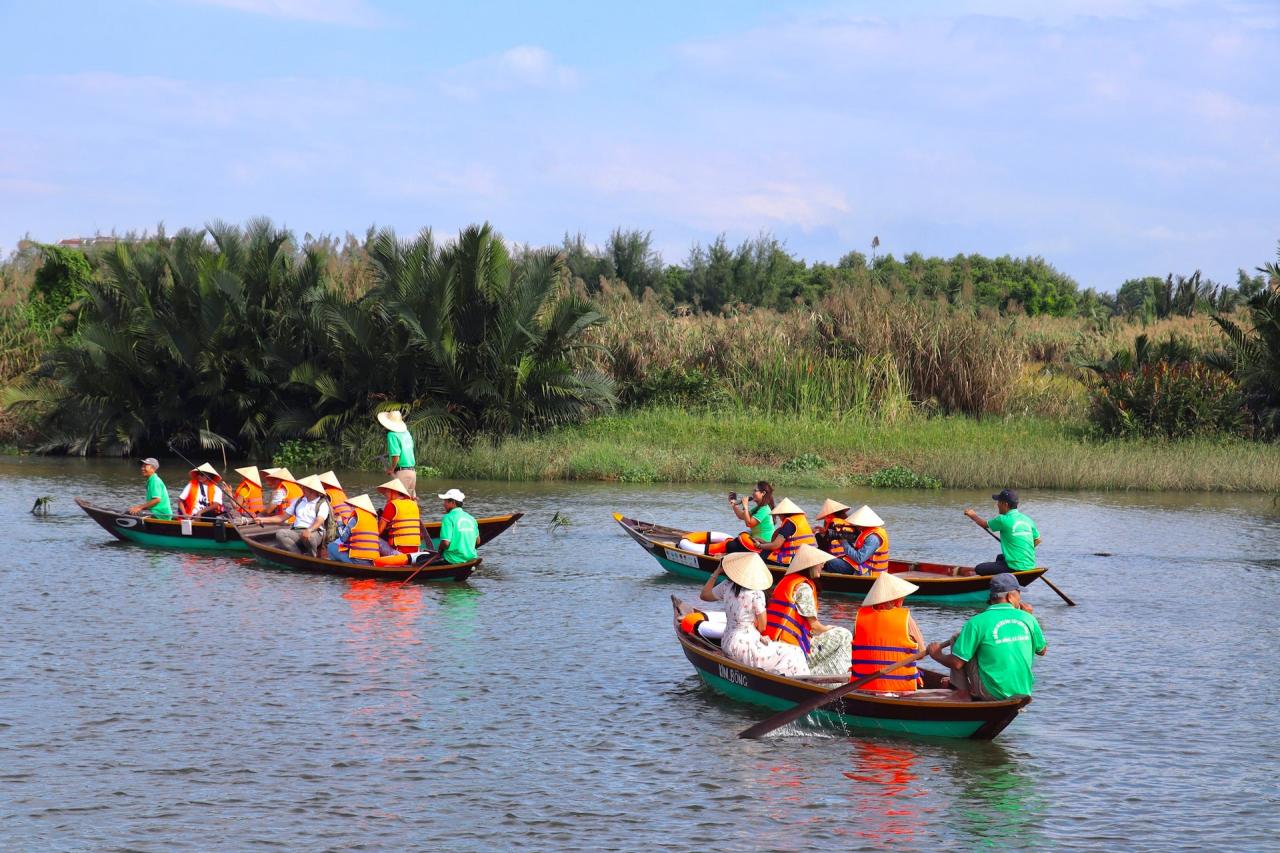
Dreaming of a “University without lecture halls”
Groups of students and researchers had their first field trip to biodiversity conservation in rivers or seas. They learned about the conversion process, green farming; created traditional handicrafts or cooked traditional dishes… These were certainly valuable life knowledge and experiences to supplement their social skills in addition to the knowledge in the classroom.
Not only domestic tourists, community learning tourism destinations in Cu Lao Cham biosphere reserve recently come from international educational institutions such as: Portland University, West Washington University (USA), Aarhus University (Denmark)...
Starting from field classes on marine ecology and community in Cu Lao Cham, gradually with the support of many organizations, community learning tourism in the biosphere has been built in Cam Thanh and Cam Kim.
Ms. Bui Thi Kim Cuc - Head of Kim Bong Ecological Agriculture and Community Tourism Cooperative (Cam Kim Commune, Hoi An City) said that the cooperative was formed from a study tourism group with the support of relevant parties.
With a community approach, the cooperative aims to preserve and promote the cultural values of craft villages and countryside, preserve rivers and landscapes, and develop models of sustainable craft villages and sustainable livelihood models.
“The cooperative currently has 5 groups of occupations and fields including fisheries, relics - culture, ecological agriculture - organic agriculture, handicrafts and traditional cuisine with specific learning experiences. The most important thing when designing a tour program for students, the community group will coordinate with teachers.
The tour program will be designed to suit the classes, abilities and stories of the community to exchange with students. I hope that Kim Bong village will become a lecture hall of the community through the community learning tourism model", Ms. Cuc shared.
It is estimated that about 10 - 15% of total visitors to destinations experience community-based learning tourism. The echo of community-based learning tourism in Cu Lao Cham Hoi An also inspires the promotion of community-based learning tourism in Hoa Bac (Da Nang City); Sa Huynh, Ly Son (Quang Ngai) ...
Tools for community development
Community-based learning tourism is a tool for community development. Using this tool for common development is not only for managers, businesses, schools, conservationists but the main subject is the people.
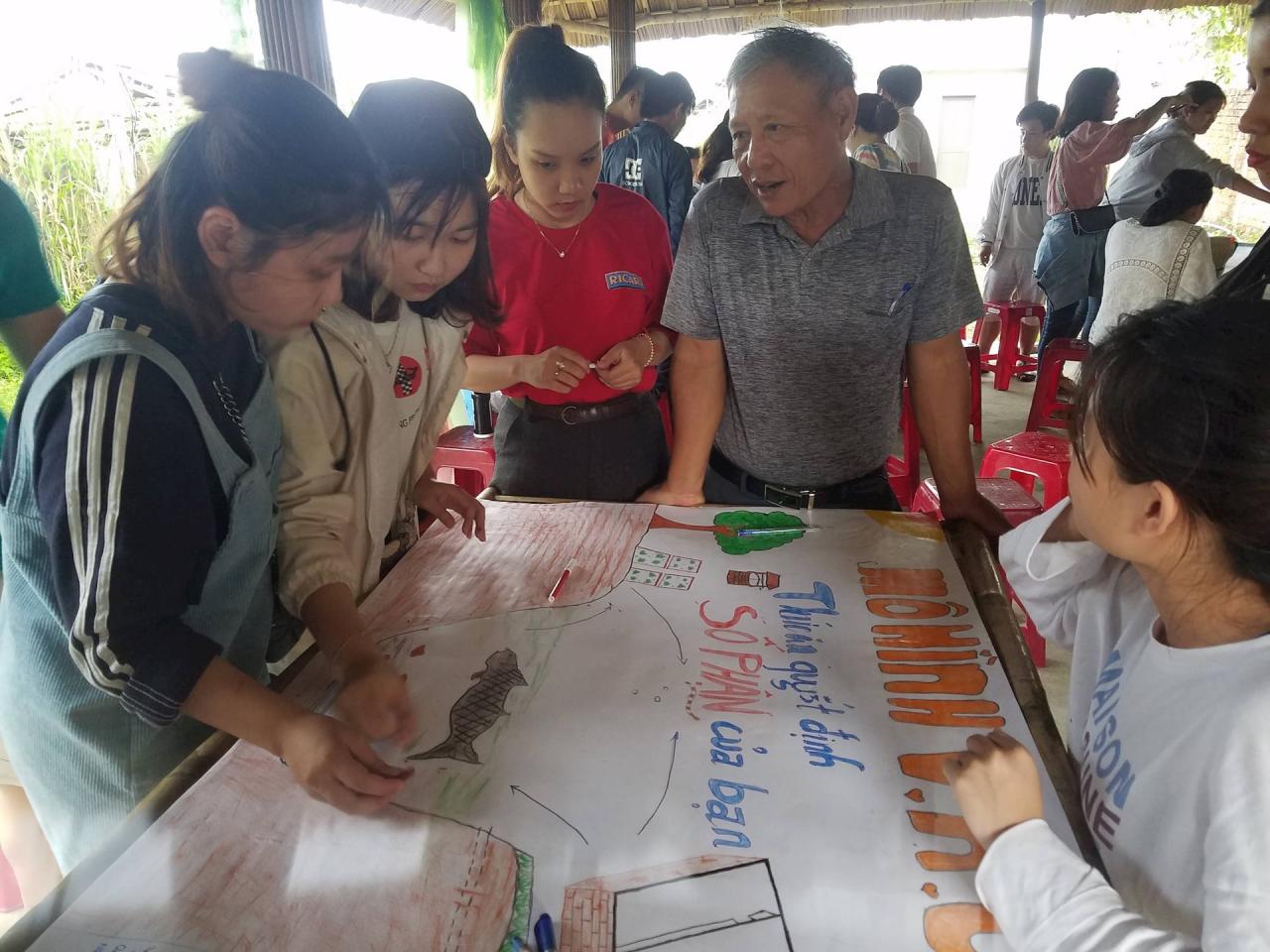
According to Dr. Chu Manh Trinh - an officer of the Cu Lao Cham Marine Protected Area Management Board, community learning tourism helps to gather forces, build and develop consensus and promote creativity on the basis of cooperation, in order to promote the overall value of community assets. "Community assets include 2 tangible and intangible forms, connected between 3 factors of individual, group and public ownership", said Dr. Chu Manh Trinh.
A representative of Da Nang University of Education (Da Nang University) - one of the units closely associated with the development of community-based learning tourism in Hoi An shared that community-based learning tourism has helped the flow of knowledge to be transferred from scientific knowledge at school to the community and vice versa, local knowledge will be transferred from students to the school. Local sustainable topics are researched according to the description of community assets.
Therefore, the sharing and integration of scientific knowledge and local knowledge will contribute to balancing short-term and long-term strategies. People's livelihoods are improved, while impacting local socio-economic development.
Ms. Bui Thi Kim Cuc said that community learning tourism not only contributes to improving livelihoods but also helps cooperative members improve their skills in accessing and contributing to the conservation and promotion of indigenous values.
“In the process of welcoming a group of guests in this type, the cooperative's management board will carry out a 7-step sequence. From receiving and consulting on needs; finalizing the tour; holding a community meeting to prepare services; checking the destination; organizing to welcome guests; taking care of customers at the end of the tour and finally holding a summary meeting to draw experience to perfect the product better and better,” Ms. Cuc shared.
Source: https://baoquangnam.vn/du-lich-hoc-tap-nang-tam-gia-tri-cong-dong-3146807.html




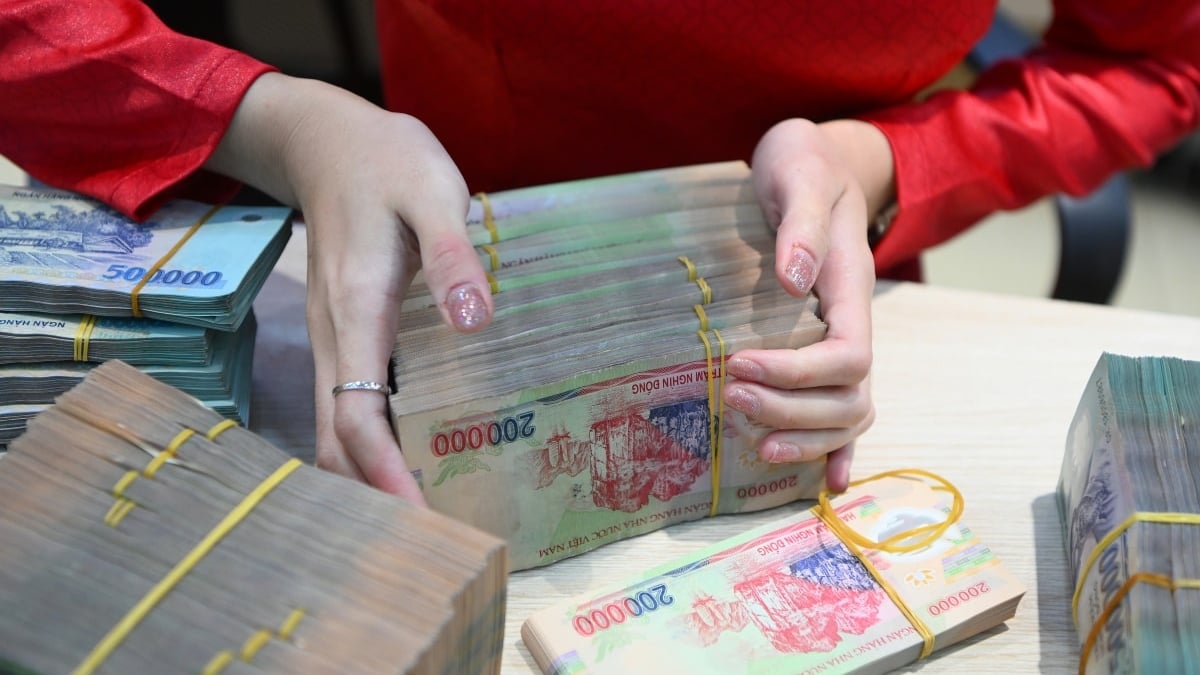

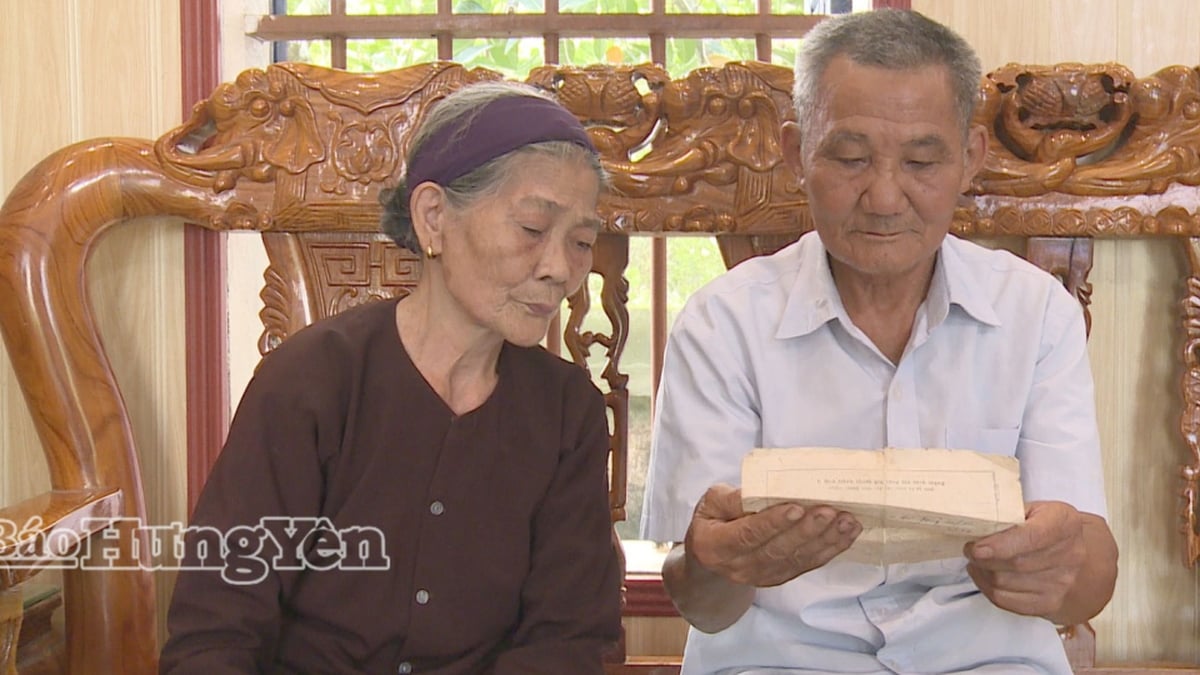
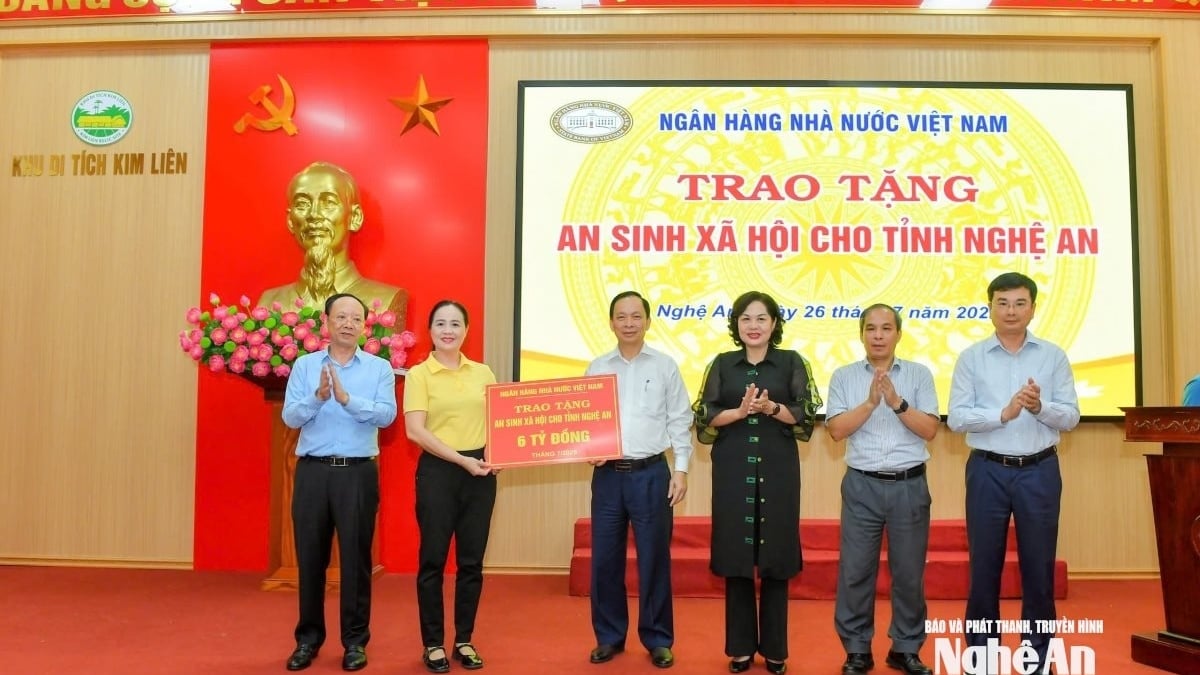

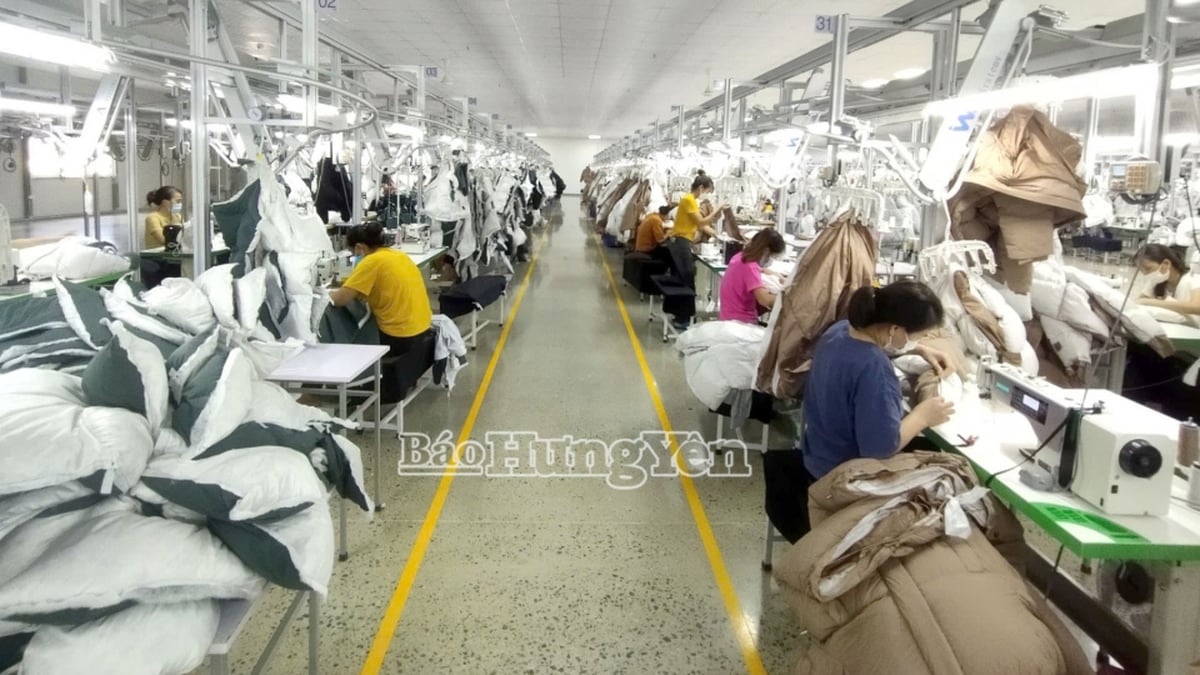
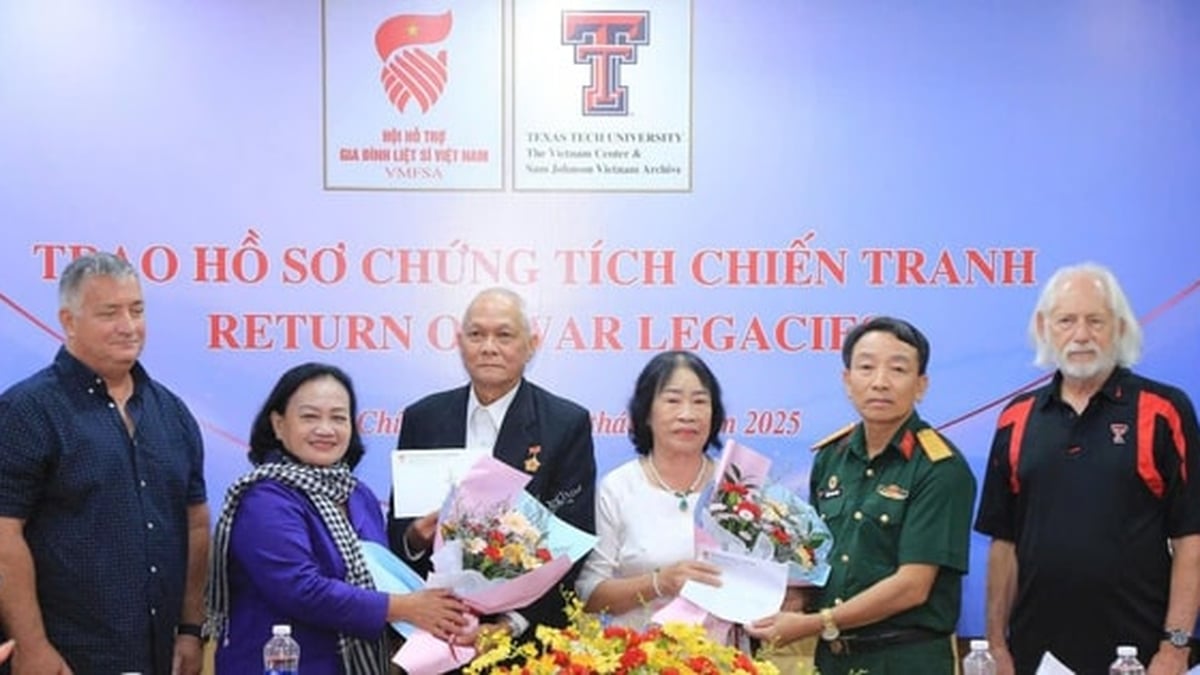






















































































Comment (0)